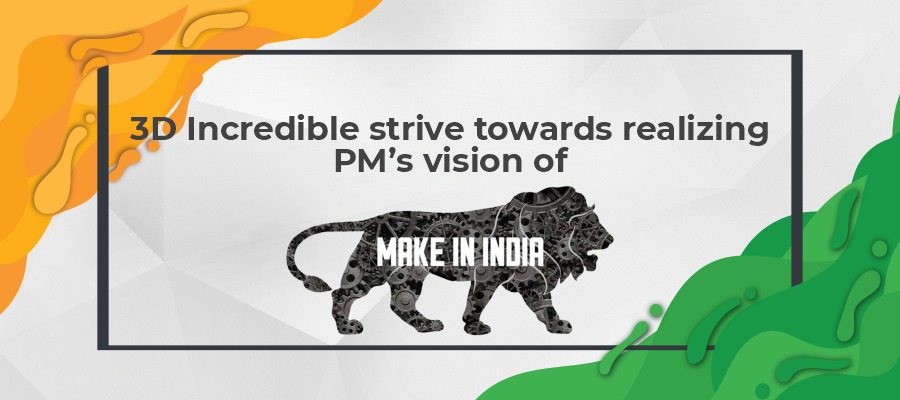- Are you manufacturing all parts without warpage or any other cooling defects?
- Are you looking to double the Rate of Production without increasing the number of Molding Machines?
- Are you compromising with thequality of partsbecause of improper cooling in your mould?
If you are curious about the above Questions and their solution this article is for you.
Metal 3D Printing ‐ best for conformal cooling of complex geometries
Metal 3D printing, also known as direct metal laser sintering (DMLS) and direct metal laser melting (DMLM) is an additive manufacturing technology. A metal 3D printer utilizes a laser beam to melt 20-60-micron layers of metal powder on top of each other. Powdered metal is spread across the entire build platform and selectively melted to previous layers. This additive process allows metal parts to be grown out of a bed of powdered metal.
Advantages of Metal 3D Printing.
– Manufacturing complex, bespoke parts with geometries can be done by 3D metal printing which traditional manufacturing methods are unable to produce.
-Metal 3D printed parts can be topologically optimized to maximize their performance while minimizing their weight and the total number of components in an assembly.
– Metal 3D printed parts have great physical properties andare available in a huge variety of materials including difficult to process metal superalloys.
From the beginning of industrial injection molding for manufacturing of complicated plastic tools, keeping an even temperature on the surface of the mold has been a constant challenge. Conformal cooling along with the 3D metal printed molds came to the rescue for solving this problem during the process.
What is Conformal cooling?
There are some common Cooling defects such a warping, bubbles and sink marks which occur in manufacturing of parts through injection molding. Which can be eliminated with the use of Conformal Cooling Channels.
Conformal cooling is the process of using cooling channels in plastic injection mold tools which closely sticks to, or conforms, to the shape of the part being molded. Conformal cooling channels follow the twists and turns of complex part designs, and so offer much better cooling efficiency and faster cycle times.
You can clearly observe the difference in cooling with above image. It reaches out to areas which are not possible through conventional processes.
Metal 3D printing is the best way to make conformal cooling channels. 3D printing can make complex internal structures impossible to make conventionally, so inserts for mold tools can be customized with cooling channels to fit the geometry of the part. They aren’t restricted to being linear and can follow any curvature.
Direct metal laser sintering (DMLS) produces finished parts from tool steels that are fully dense and durable that is necessary to withstand the pressures of injection molding.
Conclusion
The concept of conformal cooling came into existence because it solves a difficult problem: removing heat uniformly from parts with complex geometries. In these parts, placing cooling channels near corners and large, cored-out features can be difficult or impossible with conventional milling and drilling. This blog explains about how Metal 3D printing is best for conformal cooling of complex geometries.




